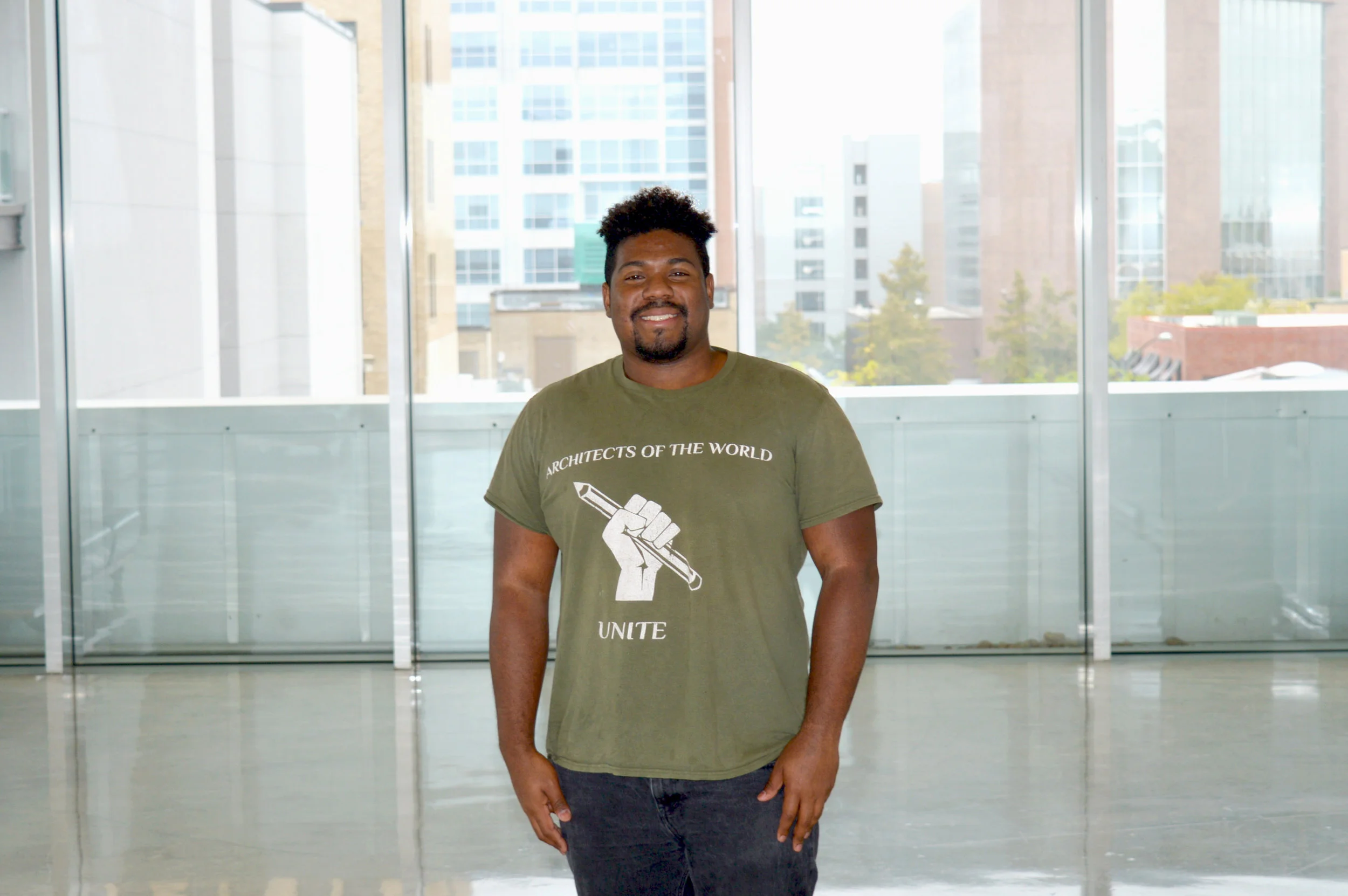Oscar Almengor hails from Panama City, Panama, but he has lived in New Orleans most of his life. Although his original intent was to become an engineer, CPEX’s intern says he discovered architecture at a pivotal point in his childhood.
“I was 9 or 10 years old and traveling by myself to visit family in Panama City,” he says. “I sat next to an architect on the plane, and he told me about and showed me some of his work. I was fascinated, and decided, ‘Hey, I want to do this, too.’ ”
We sat down with Almengor to discuss his goals in architecture, his hopes for his time at CPEX and his plan for the future.
Putting the Community First: Designing to Bring People Together
Architecture has often put beauty over functionality, Almengor says. “Buildings have been crafted beautifully, but they don’t always function for the people in the community,” he says. “To practice good architecture, it’s essential that the community have a strong role in determining an end design.
This aspect of architecture means a lot to Almengor. “My goal when drafting architectural design is to reach out and integrate the community, not to segregate individuals from each other,” he says.
Almengor has traveled to numerous places across the U.S., and he says the architecture often tends to segregate rather than invite. “Seeing that made me passionate about my own designs,” he says. “I want the buildings that I create to reach out to the community they’re placed in.”
Planning Ahead to Deter Crime and Integrate Public Spaces
One design element that Almengor is particularly passionate about is “defensible space.” “Architecture can actually play a role in protecting the community and reducing rates of crime,” Almengor says. “Defensible space theory puts the safety of people in the community first.”
Most violent urban crimes occur in isolated spaces like alleys or service stairwells. “Utilizing clearer materials and designing a more open layout decreases the likelihood of crimes occurring in those spaces,” Almengor says. “It also creates that more open, integrative community space.”
Similarly, Almengor is interested in city planning, specifically for pedestrians. “There are alternatives to the traditional block model that put pedestrians first and invite the community out,” he says. “The French Quarter in New Orleans is a great example of this — it’s designed to focus on the riverfront and favors pedestrians over vehicles.”
Developing a Theory, Designing a Practice
The traditional block model is so ubiquitous in the U.S. that Almengor had at first believed it to be the only pedestrian model. “I talked to one of my professors about it, and he showed me some alternatives,” Almengor says. “That professor really challenged my thought process, and got me really motivated to pursue that design in my own urban planning.”
Almengor hopes to continue his education to develop his own theory of urban planning, and, down the road, to put it into practice. “Visually, I’d love to see differences on every street,” he says. “That variation renders cities so much more interesting and appealing.”
Moving forward, Almengor intends to continue his education with a master’s degree focusing on urban design. “I want to go back to school to develop a foundation to start implementing my own urban design concept,” he says.

